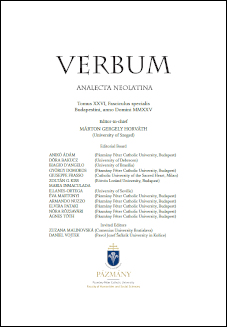Déchets, ordures dans les représentations picturales de la vie rurale et paysanne
Published 06-05-2025
Keywords
- Bruegel,
- Flemish,
- carnaval,
- fast,
- proverbs,
- 16th century
How to Cite

This work is licensed under a Creative Commons Attribution 4.0 International License.
Abstract
This article focuses on the analysis of two paintings by Pieter Bruegel the Elder, a 16th-century Flemish painter who illustrated the life of peasants of his time. The first painting by Bruegel discussed in this article is The Battle of Carnival and Lent, which shows his unique point of view at the time, inspired by the art of Hieronymus Bosch and referring to the remarkable image of religious festivals. In this painting, which contains many actions and habits of that time in villages during the Easter festival, the ground plan catches our attention, for the waste and remains of everything that is to be found at a funfair. In the symbolism of these elements, we find the two sides, probably represented exaggeratedly and in an allegorical manner, of joy and suffering. The other painting discussed, Flemish Proverbs, also provides us with many examples of rubbish to show the daily life caricatured by Bruegel’s brush: we are dealing with some facets of this episode represented in this painting, as a mark of the 16th century.

